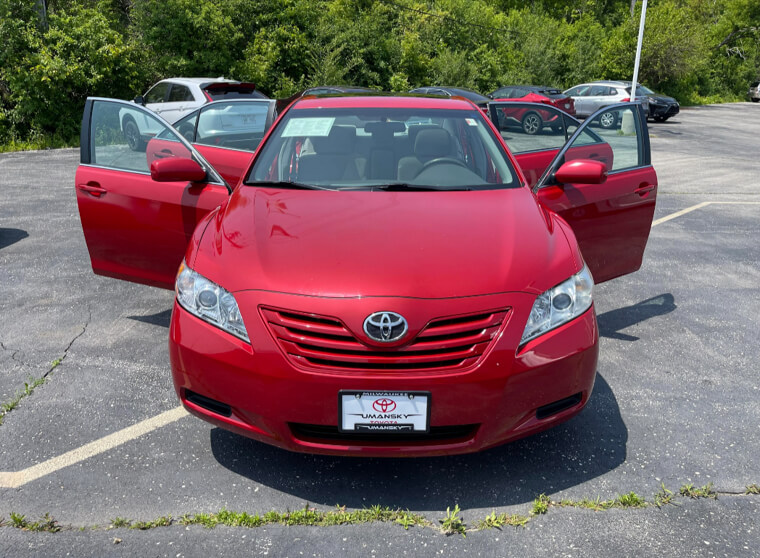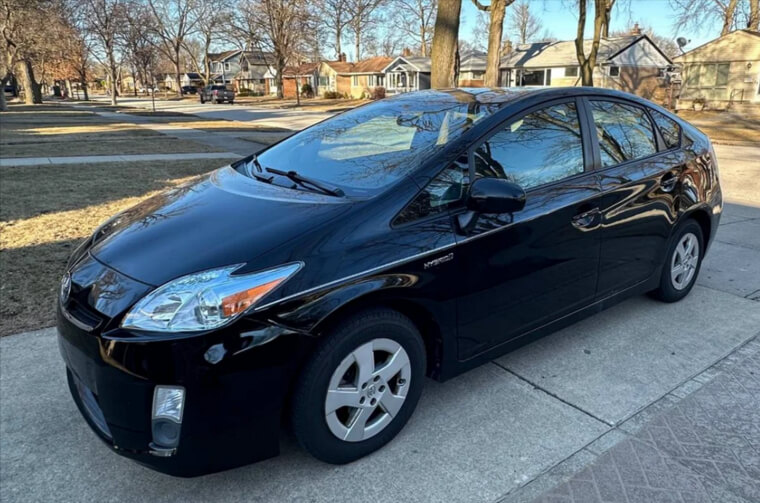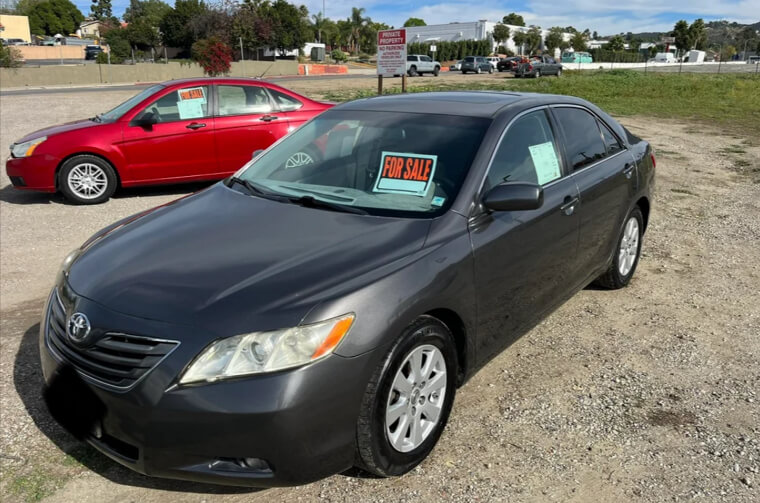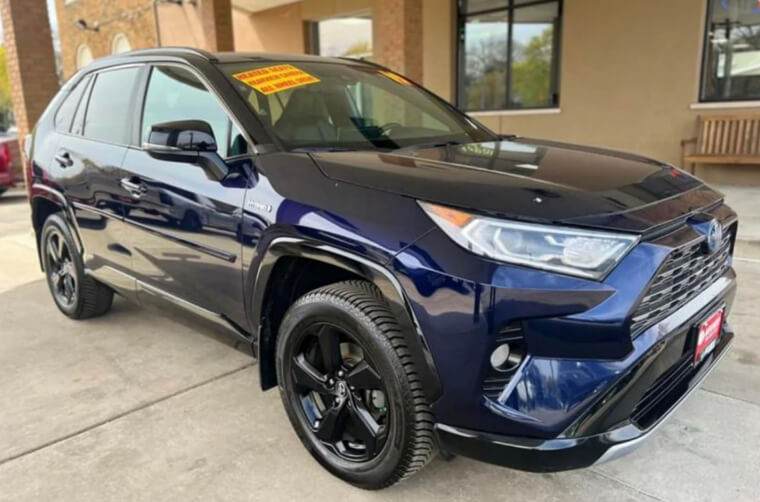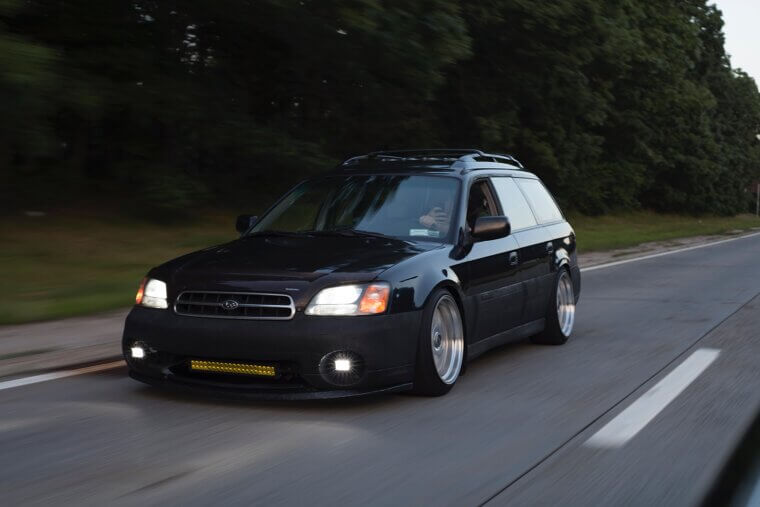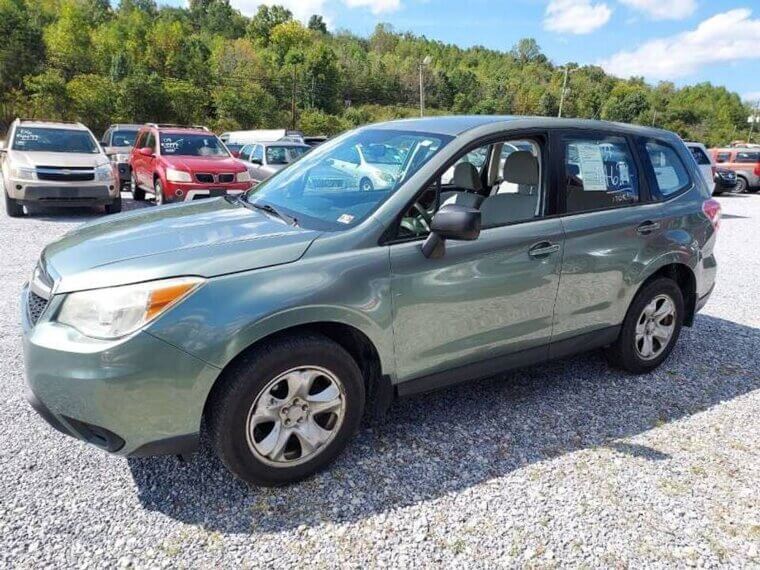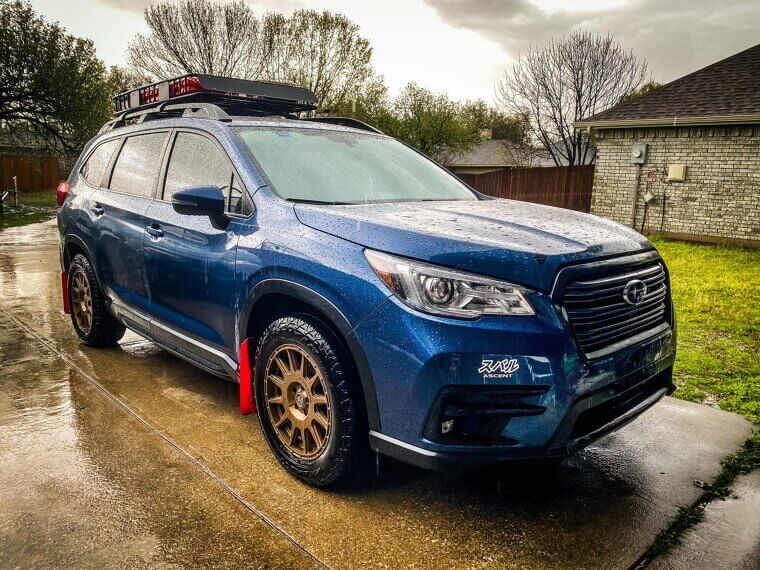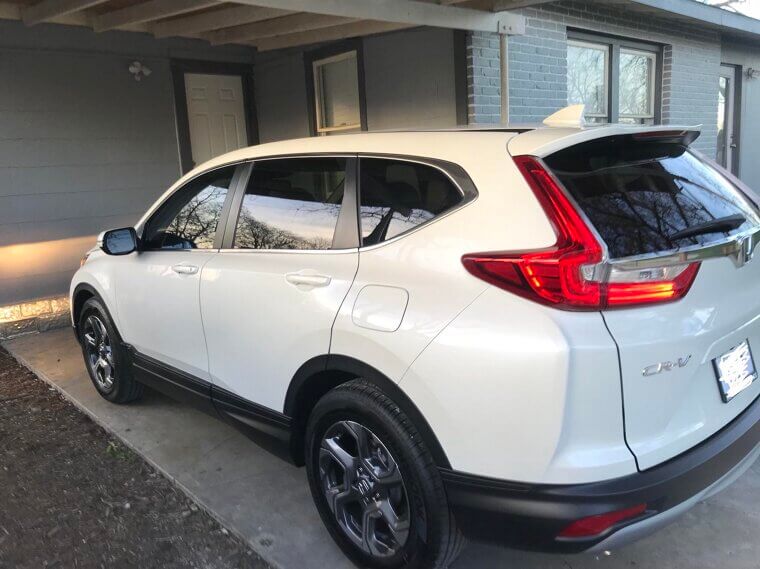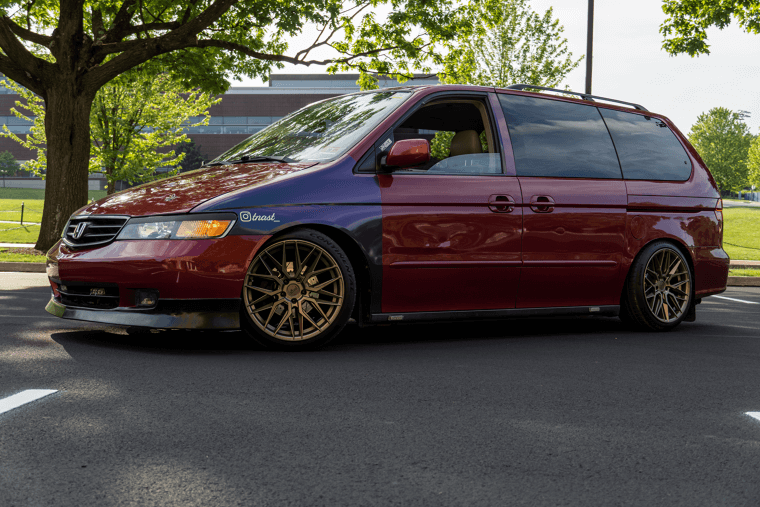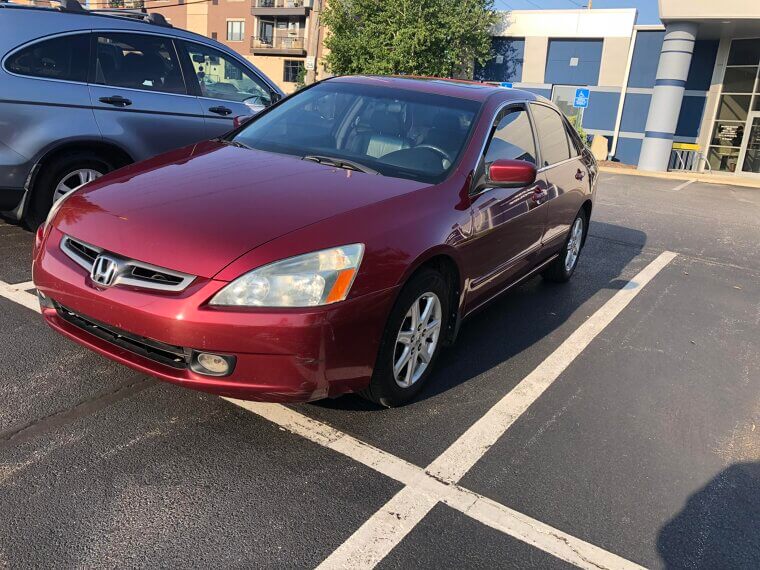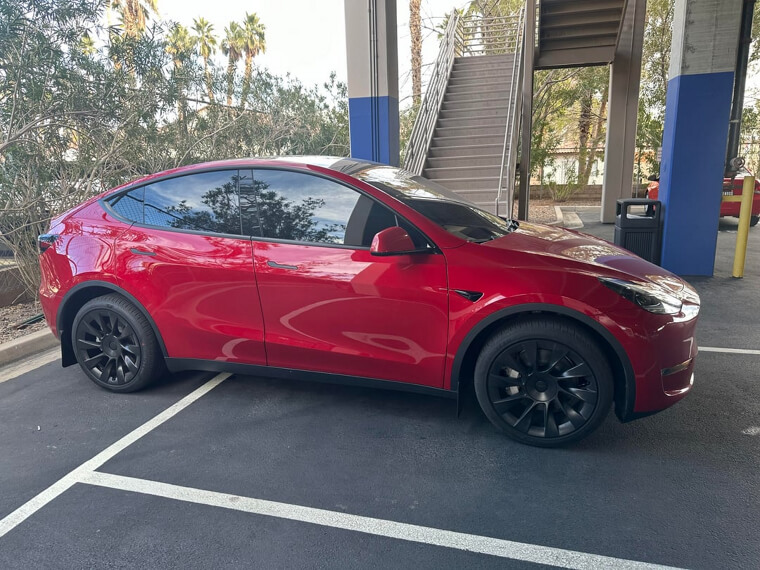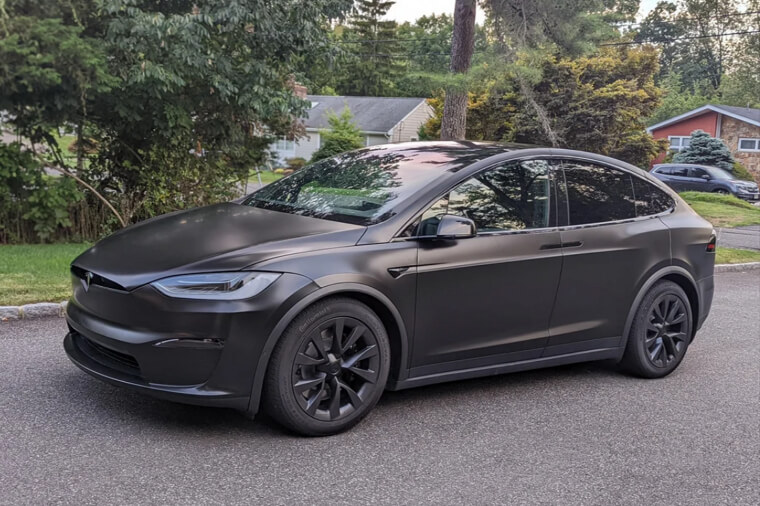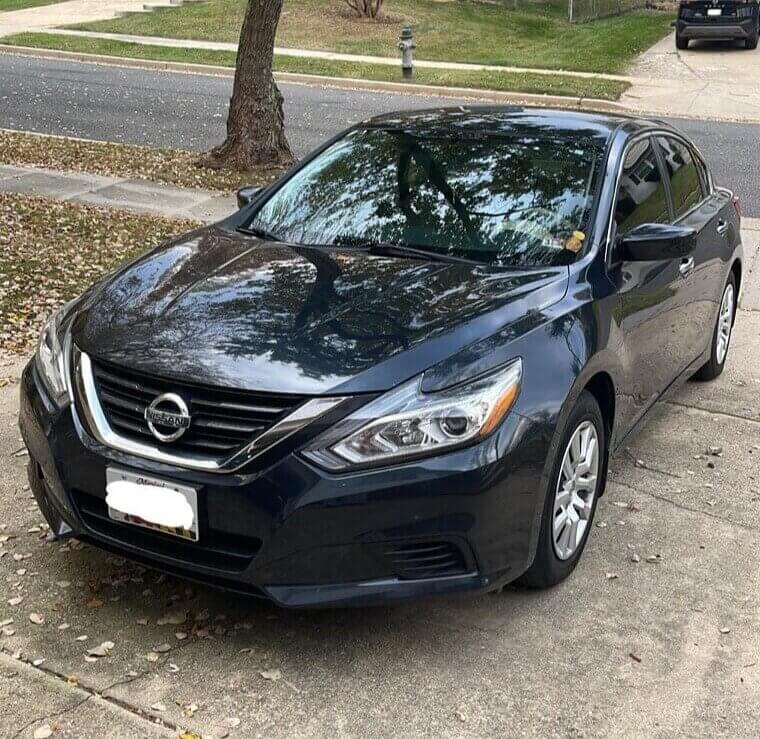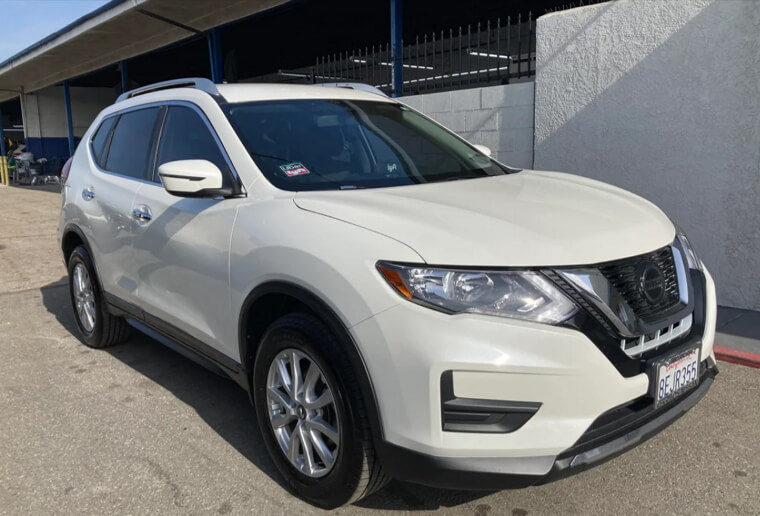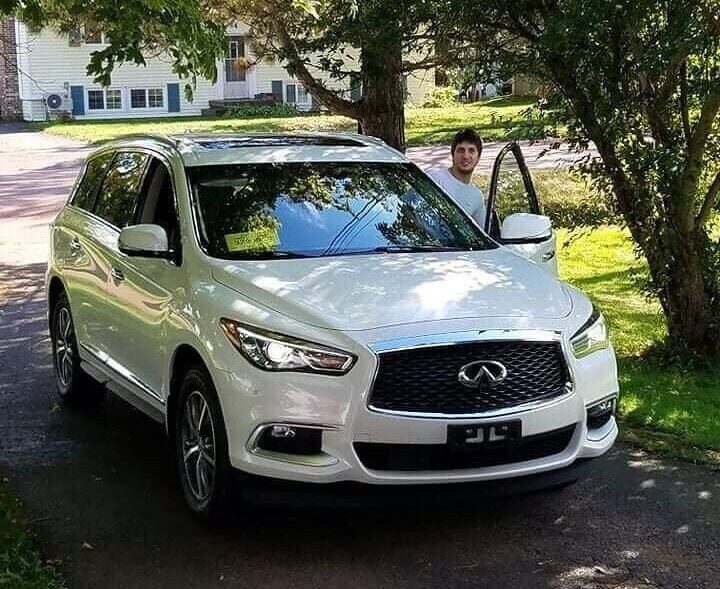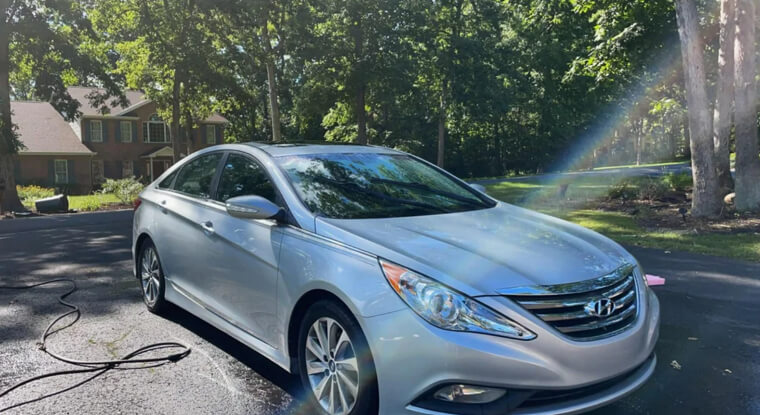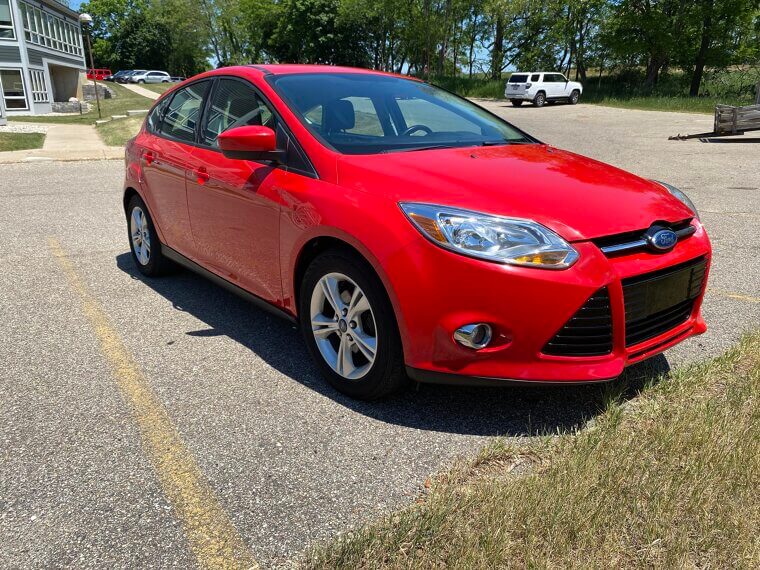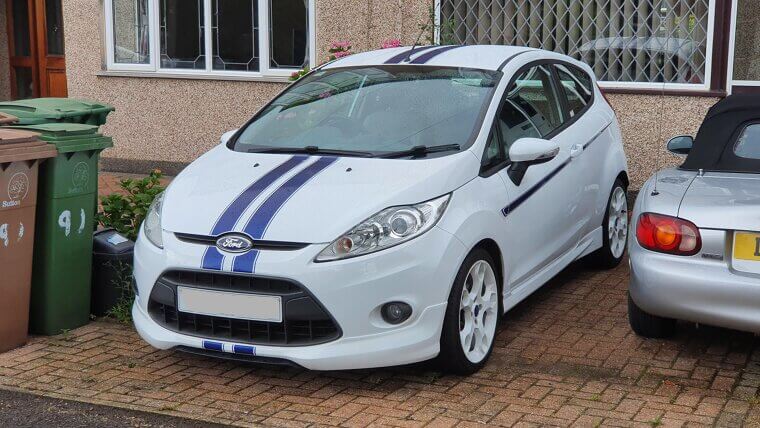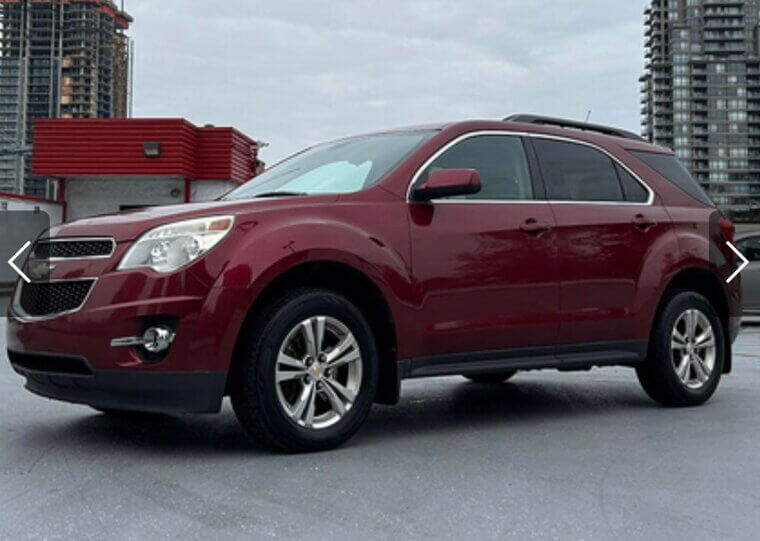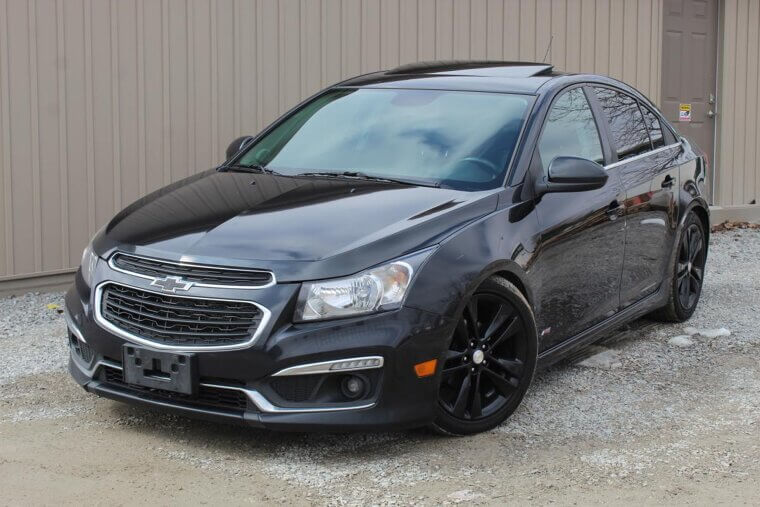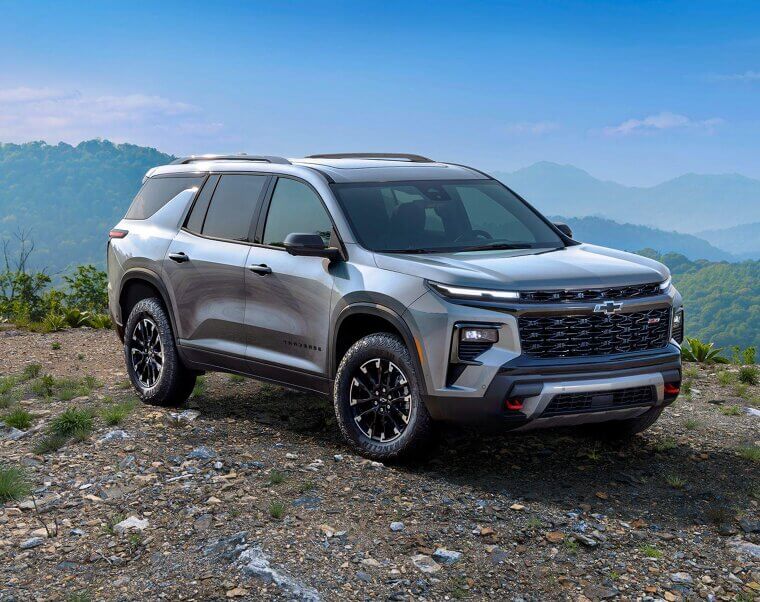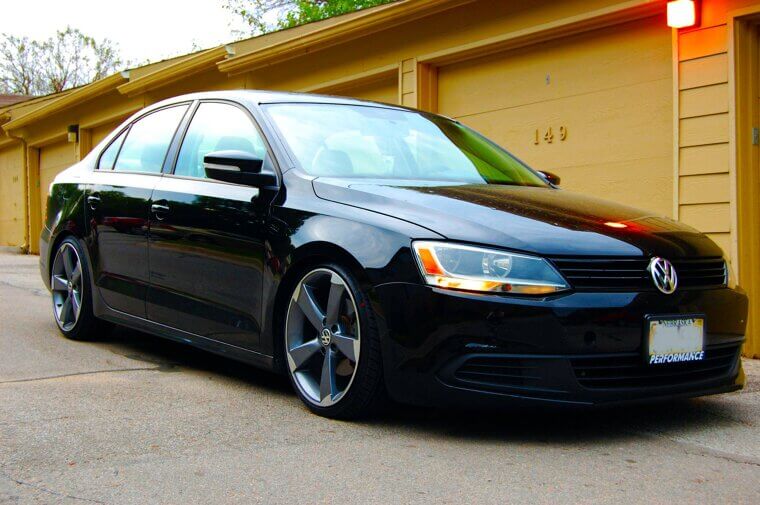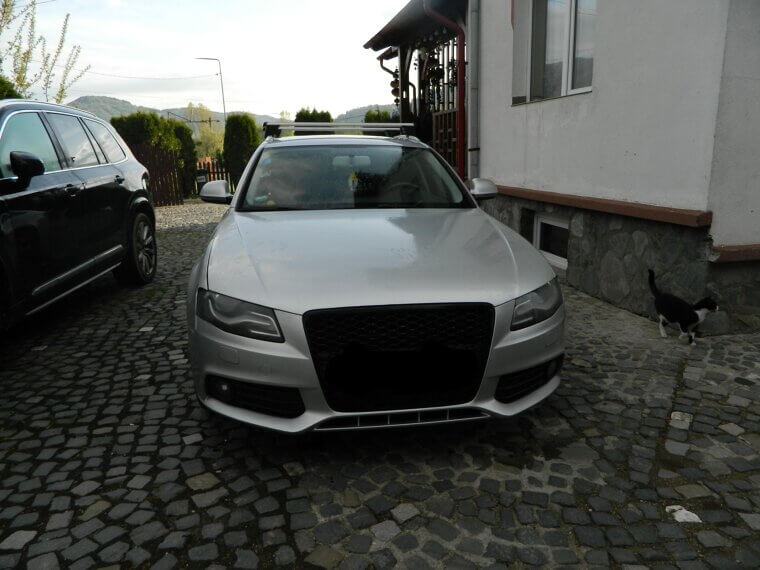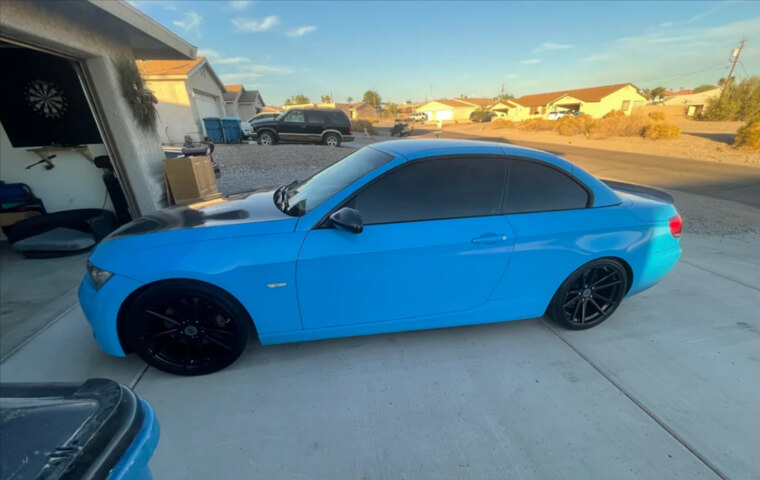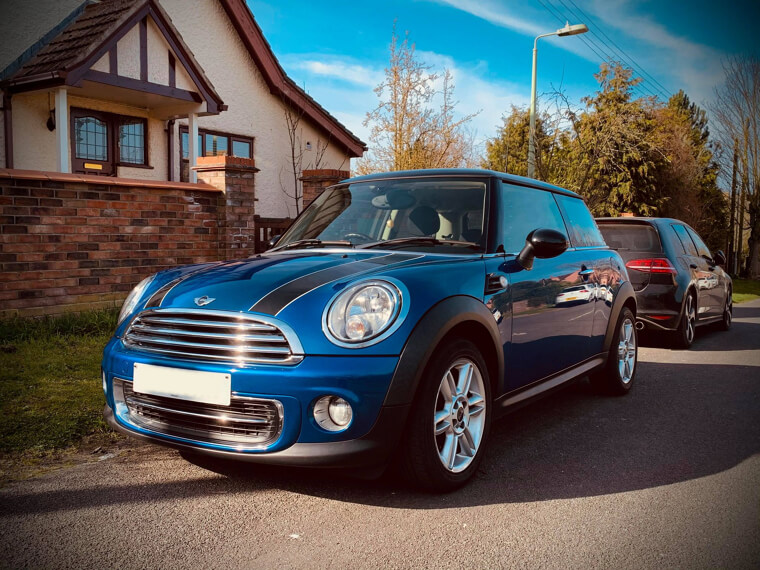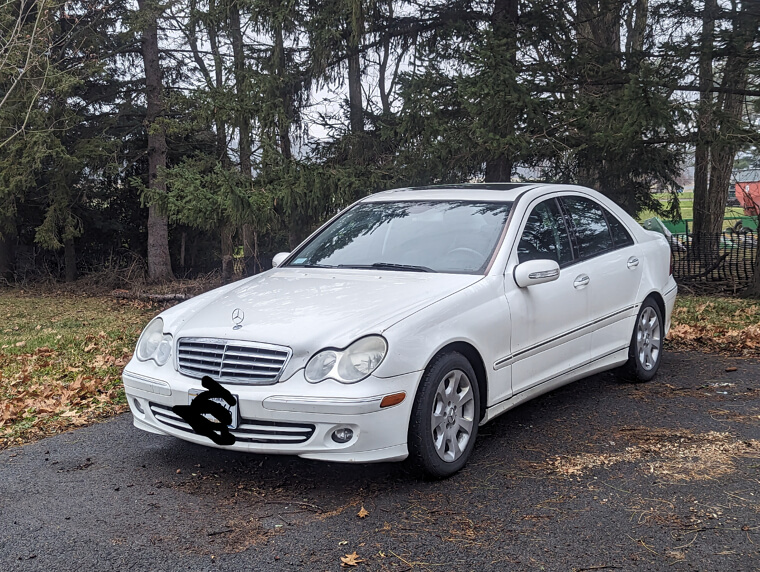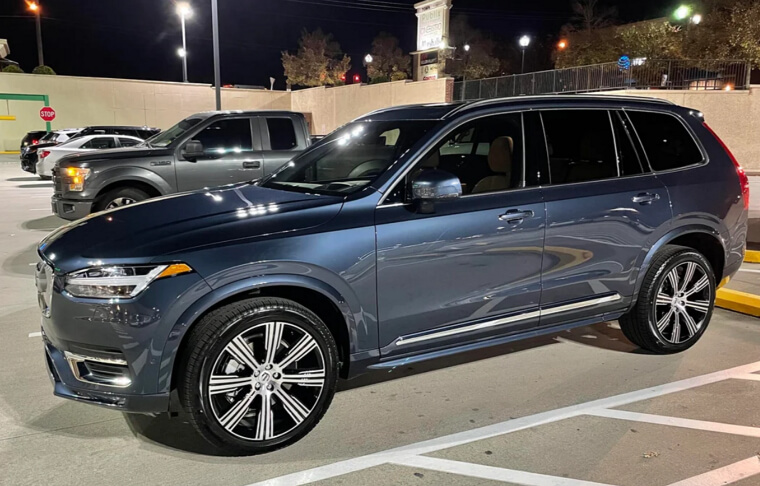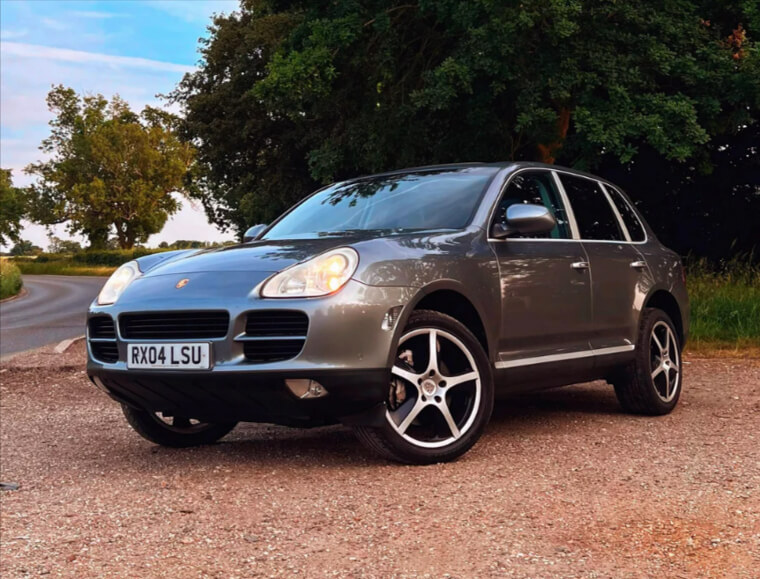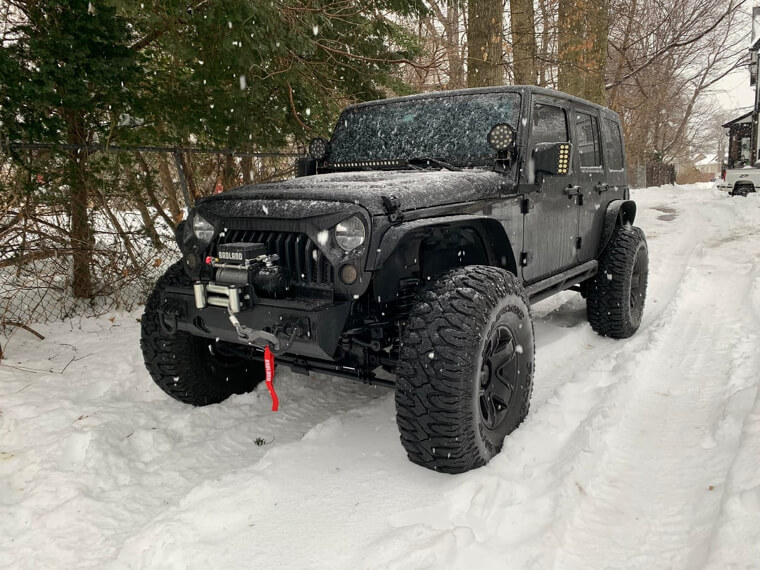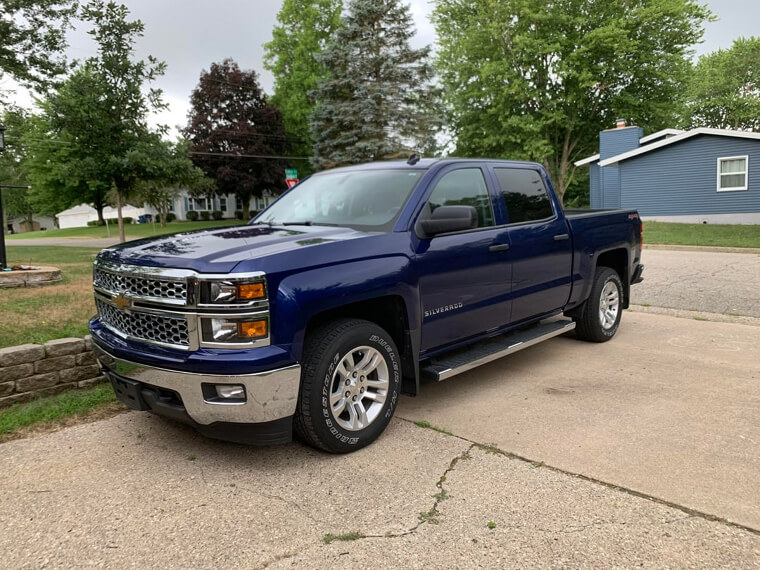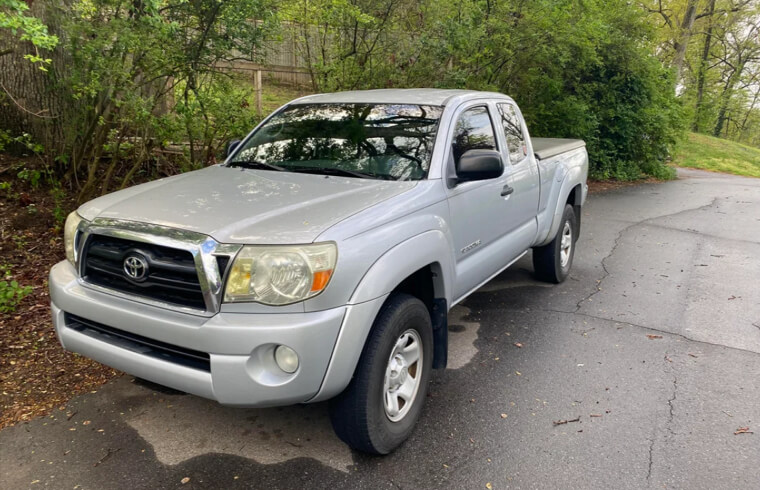Think Twice Before You Purchase One of These Cars
Reliability isn’t a vibe; it’s metallurgy, software, and maintenance patterns over time. Some models wear “bulletproof” badges they haven’t earned. Below, quick-hit notes on cars with strong reputations—but trouble spots that deserve sober attention.
Toyota Prius (2010–2014)
Gen‑3 Prius perfected the hybrid commuter image, but thermodynamics kept receipts. EGR coolers and passages clog with soot, raising combustion temperatures that can speed head‑gasket failures past the 100,000‑mile mark. Add worn water pumps or neglected coolant and halo tilts. Many run forever with clean EGRs and fresh fluids, so diligence beats blind faith. Scan for cold‑start knocks, monitor coolant loss, and treat maintenance as the battery’s quiet, cheaper co‑pilot.
Toyota Camry 2.4L (2007–2009)
Camry’s reputation survived the late‑2000s 2.4‑liter’s thirst, but owners noticed dipsticks dropping fast. The culprit wasn’t mystery; it was piston ring design and blow‑by management on the 2AZ‑FE. Some engines used more than a quart per thousand miles, especially with extended intervals. Toyota offered tests and fixes, yet vigilance worked best. If shopping, ask for records, monitor consumption, and remember: reliability includes lubrication, not just the badge on the grille.
Toyota RAV4 (2019–2021)
RAV4 nailed packaging—big cargo, easy tech, relaxed seating—then tripped on details. Some early owners reported tanks that refused a full fill and 8‑speed automatics that felt indecisive at low speeds. Neither issue ruins the car, but the contrast with its bulletproof aura is loud. Updates improved behavior; still, test the vehicle: fill it, drive stop‑and‑go, merge briskly. Consistency across trims varies, and reliability includes the mundane moments between road trips.
Subaru Outback/Legacy 2.5 (2000–2009)
These Subarus wore national‑park passes proudly, but head gaskets turned scenic routes into shop visits. The 2.5‑liter flat‑four’s external coolant and oil seepage became a calling card through the 2000s. Design changes and updated gaskets helped, yet heat cycles and maintenance still decide outcomes. Coolant conditioner, warm‑ups, and leak checks matter. Buy on documentation, not campfire lore. The cars are charming; chemistry remains undefeated without the right parts and habits.
Subaru Forester (2014–2018) — Oil Use & CVT Anxiety
Forester checks many boxes—visibility, cargo, safety—yet FA‑series engines and CVTs added caveats. Some owners reported oil consumption beyond expectations, and continuously variable transmissions drew warranty extensions and software updates. The car itself is friendly, but mechanical sympathy is required: regular level checks, fluids, and gentle warm‑ups. Don’t panic; just be present. A pre‑purchase inspection and maintenance records turn uncertainty into planning, letting the dog and camping gear ride without drama.
Subaru Ascent (2019 Launch)
Ascent arrived with three rows, cupholders, and the promise of Subaru sensibility scaled up. Early builds, however, showed predictable new‑model jitters: recalls, infotainment glitches, and occasional CVT misbehavior under certain loads. Improvements followed quickly, but the lesson stands—first model years are shakedowns. If considering one, verify software updates, service history, and any recall completion. The good news: later examples deliver the family‑friendly formula without introducing your mechanic to the kids
Honda CR‑V 1.5T (2017–2018)
Downsized turbos love heat, long runs, and fresh oil; cold commutes and short trips aren’t their friends. Early 1.5‑liter CR‑Vs in cold climates saw fuel washing into oil, raising levels and concern. Software updates and revised warm‑up logic helped, yet habits still matter. Aim for longer drives, timely changes, and monitoring. The rest of the CR‑V is outstanding; reliability here is mostly about temperature, distance, and a dipstick’s quiet honesty.
Honda Odyssey (1999–2004)
These Odysseys hauled families with grace, then some transmissions waved a white flag. Four‑ and early five‑speed automatics faced premature wear, harsh shifts, and occasional failure, prompting extended coverage and updates. When the gearbox behaved, the van was stellar—space, seats, sliding doors, road manners. Reliability here is binary, so documentation is everything. If shopping, confirm replacement history, cooler additions, and fluid changes. The best ones carry memories, not repair invoices.
Honda Accord V6 (2003–2007)
J‑series V6 power made these Accords quick, but the paired five‑speed automatics sometimes aged fast. Shift flare, worn clutches, and torque‑converter headaches surfaced under heat and neglect. Many live happily with frequent fluid changes and cooler upgrades; others met rebuilds early. The rest of the car is terrific, which makes failures feel personal. Test for smooth engagement, downshifts, and clean fluid. Reliability isn’t just engines; it’s the choreography between parts.
Tesla Model 3 (2017–2020)
The Model 3 democratized quick, quiet EVs, then learned assembly takes practice. Early cars exhibited panel gaps, wind noise, misaligned trim, and infotainment issues—problems that software alone cannot resolve. Many were corrected under warranty, yet shoppers should treat build quality like a checklist, not a mood. The drivetrain is robust; the body and cabin needed maturing. Inspect, drive at highway speeds, and verify fixes. Reliability includes squeaks, not just charging curves.
Tesla Model S (2012–2016)
Early Model S blended spaceship thrust with legacy teething. The media unit’s eMMC memory wore out, blanking screens and features; retractable door handles loved attention; air‑suspension components aged. None torpedo the car’s brilliance, but they add friction to the ownership romance. The drivetrain soldiers on; the peripherals ask for patience and receipts. If considering one, confirm screen replacement history, handle updates, and suspension service. Speed is easy; longevity takes paperwork.
Tesla Model X (2016–2018)
Model X promised theater with falcon‑wing doors, panoramic glass, and instant torque. The show delivered, but complexity rarely vacations: door sensors, latches, seals, and alignment demanded attention, and software layered learning curves. When everything clicked, it felt like future luxury; when not, service visits multiplied. If you love spectacle, budget time for choreography. Choose newer builds, confirm door and HVAC repairs, and remember: minimalism and moving parts enjoy different lifestyles.
Nissan Altima (2013–2016)
Altima’s cabin comfort and highway economy are real strengths, but the CVT can wilt under heat and urban grind. Shuddering, slipping, and limp modes spoiled chill commutes. Some owners benefited from software updates and cooler kits; others needed replacements. If you’re shopping, interrogate service records, drive it hot, and listen for drone or flare. The platform’s good; the transmission is the exam you study for with fluids, cooling, and restraint.
Nissan Rogue (2014–2018)
Rogue earned families with value and space, then asked patience from its CVT. Heat and load could invite shuddering or delayed response, leading to software updates, warranty extensions, and debates about driving style. Urban traffic and grades are stress tests; cooling and fluid changes help. If a test drive feels fine cold, drive it again hot. The chassis is pleasant, safety strong; reliability hinges on how the pulleys handle life.
Infiniti QX60/JX35 (2013–2016)
Luxury badges don’t rewrite physics. The QX60/JX35 wrapped Nissan’s CVT in leather, then met the same heat‑and‑load realities as mainstream siblings. Many owners report smooth miles; others chased vibrations, drone, or replacements. Highway cruising suits it; heavy towing and hot commutes do not. If you want the look and space, test extensively and verify software updates and fluid history. Reliability here is judgment: match the use case to the transmission.
Hyundai Sonata (2011–2014)
Sonata put Hyundai on shopping lists with style and warranty confidence, then Theta II engines challenged that trust. Bearing wear from debris and machining tolerances caused knocking, stalling, or seizure—leading to recalls and engine replacements. Oil changes help, but metallurgy matters more. If considering one, confirm VIN coverage, recall completion, and short‑block replacement. With documentation, ownership can be uneventful; without it, you’re budgeting for a bet against friction and heat.
Kia Optima/Sorento (2011–2014)
Kia shared the Theta II story, so Optima and Sorento shoppers saw similar bearing wear, knock, and sudden silence. Corporate response included warranties, software monitors, and engine swaps, but stress still lived in dashboards. The vehicles themselves are comfortable and feature‑rich; the engines are the footnote you must read. Verify recall work, ask for oil‑analysis records if available, and test when hot. Reliability here is paperwork plus a steady idle.
Mazda CX‑9 (2007–2012)
First‑gen CX‑9 drives beautifully, then drops a stealthy quiz: the Ford‑sourced V6 hides its water pump inside the timing cover. When the pump fails, coolant can leak into the oil, thinning lubrication and risking engine damage before symptoms. Good maintenance helps, but prevention means proactive replacement. If you adore the chassis—and many do—budget for the pump job or seek documented proof. Reliability includes parts you can’t see, sadly and expensively.
Ford Focus (2012–2016)
PowerShift promised the efficiency of a manual with automatic ease, yet delivered shudder, hesitation, and repeat visits for clutches and control modules. The core idea—a dual‑clutch in a budget compact—was ambitious; calibration and hardware weren’t ready for real‑world stop‑and‑go. Some cars improved after updates; others remained moody. If you value low drama, choose the conventional automatic years or a different drivetrain. Reliability begins where concepts meet durable execution and testing.
Ford Fiesta (2011–2016)
Charming size, nimble steering and personality made the Fiesta easy to love, until the PowerShift dual‑clutch turned love into paperwork. Clutches chattered, control modules needed reprogramming, and traffic crawls felt like driving school. Some cars improved after updated parts, others stayed moody. If you’re shopping, test it hot, uphill, and in stop‑and‑go. Smooth examples exist, but due diligence matters. Cute hatch, complicated transmission; budget for repairs or choose an automatic.
Chevy Equinox/GMC Terrain 2.4 (2010–2013)
On paper, the 2.4‑liter direct‑injection four promised efficiency; in garages, many owners topped off between changes. Excessive consumption led to timing‑chain stretch, fouled plugs, and carbon‑gummed internals. Some engines received updated pistons and rings, yet driving patterns and maintenance still decided outcomes. If buying used, check records, inspect for blue smoke at startup, and ask about PCV updates. Crossovers should sip fuel, not oil—choose carefully, or negotiate accordingly with confidence.
Chevrolet Cruze 1.4T (2011–2015)
The Cruze 1.4T gave budget buyers boost, then reminded everyone heat hates plastic. Water pumps and thermostat housings cracked, small coolant leaks snowballed, and turbo plumbing aged faster than enthusiasm. None are catastrophic individually, but together they create a maintenance drumbeat. A pre‑purchase pressure test and careful inspection around the thermostat, reservoir, and turbo lines pay dividends. Turbo torque is fun; durability requires updated parts, fresh coolant, and watchful eyes.
Buick Enclave/Traverse/Acadia (2008–2011)
These big GM Lambda triplets nailed comfort and space, then tripped on their six‑speed automatics. A thin steel “wave plate” inside the clutch pack could crack, leading to slipping, harsh shifts, or no forward gears at all. Repairs aren’t pocket change. A test drive—especially rolling from a stop and during kickdowns—can reveal symptoms. Verify service bulletins, transmission replacements, and fluid history. Road‑trippers, yes; but reliability depends on a fragile part.
VW Tiguan (2009–2011)
First‑gen Tiguan mixed tidy dynamics with early EA888 teething. Weak timing‑chain tensioners risked jumpy starts or worse; direct injection invited intake‑valve carbon buildup, dulling performance. Neither issue is mysterious today, but fixes cost. Look for documented tensioner updates, frequent oil changes, and walnut‑blasting receipts. The chassis is delightful, the cabin upscale; just budget for German maintenance. Reliability here is chemistry and timing, not superstition—keep both happy and the drive shines.
VW Jetta/GTI Mk6 2.0 TSI (2009–2014)
MK6 Jetta and GTI deliver smiles, but the 2.0 TSI can drink oil and worry timing components. PCV failures, rear main‑seal leaks, and chain tensioners aged early on some cars. None erase the GTI grin; they do demand receipts. A healthy example shows stable oil levels, dry bellhousing, and updated parts. Budget for catch‑up maintenance and enjoy the chassis. Reliability isn’t luck here—it’s preventive care and a knowledgeable independent shop.
Audi A4 2.0T (2009–2013)
The B8 A4 feels refined and efficient, yet many 2.0Ts consumed oil like it was seasonal. Piston rings and PCV systems shared blame; chain tensioners also raised anxiety. Audi addressed cases, but owners learned to track usage and perform updates. When maintained, the car is a quiet, confident cruiser. If shopping, demand service history, compression results, and proof of updated parts. Reliability improves when lubrication and timing are kept honest.
BMW 335i (2007–2010, N54)
N54 335i drives like a sports‑sedan mic drop: smooth inline‑six, effortless torque, tunability for days. Then the calendar fills—high‑pressure fuel pumps, injectors, coils, and turbo wastegate rattle headline the bill. Many problems are solvable with updated parts and proactive cooling. Buy on maintenance history, not mileage. A pre‑purchase scan, boost‑leak test, and oil analysis help. Keep it healthy and it’s transcendent; neglect it and the romance becomes very expensive indeed.
BMW X5 (2007–2013, E70)
E70 X5 blends athletic handling with family practicality, but complexity charges interest. Air suspension components, electric water pumps, valve‑stem seals, and a forest of modules can turn maintenance into a spreadsheet. Diesel versions add DEF and emissions hardware; V8s add heat. Well‑kept examples are wonderful—quiet, confident, and fast. The trick is evidence: records, pre‑purchase inspections, and realistic budgets. Reliability isn’t impossible; it’s the sum of diligence plus local parts availability.
Mini Cooper (2007–2013)
Mini’s go‑kart feel is real; so is the soundtrack when timing‑chain tensioners get lazy. The N14/N18 turbo fours also collect carbon on intake valves, trimming power and smoothness. None of that ruins the charm if you plan accordingly. Look for cold‑start quietness, regular oil changes, and walnut‑blasting receipts. Suspension bushings and cooling bits deserve attention, too. Choose a documented car, keep intervals short, and the smiles per mile survive beautifully.
Mercedes‑Benz C‑Class V6 (2006–2008)
The M272 V6 in certain C‑Class years learned a harsh geometry lesson: prematurely worn balance‑shaft gears threw timing off, tripped warning lights, and demanded expensive surgery. Otherwise durable cars suddenly needed engine work. Before buying, check engine codes, service history, and whether updated parts were installed. When sorted, these sedans deliver comfort and longevity. Reliability here is binary: fixed equals fine; unfixed equals a budget crater. Verify first, then enjoy.
Volvo XC90 T6 (2003–2006)
The first‑gen XC90 T6 paired safety swagger with a delicate automatic. Hauling a heavy, all‑wheel‑drive SUV through city heat stressed the gearbox and angle gear, leading to slipping, flares, and rebuilds. The rest of the package—space, seats, and security—was genuinely compelling. If you love the look, consider the V8 or later transmissions, or buy one with documented replacements. Reliability improves when the drivetrain isn’t perpetually overworked by physics and mass.
Porsche Cayenne (2004–2008)
Early Cayennes combined sports‑car genes with SUV heft, but some underhood materials weren’t lifelong. Plastic coolant pipes aged poorly until updated; the driveshaft’s center support (cardan shaft bearing) also liked drama. Fixes are well known, yet neglect gets pricey. If you’re tempted, verify aluminum pipe retrofits and recent driveshaft service. Then enjoy a capable machine. Reliability, here, is a checklist: once updates land, the ownership experience stops auditioning your wallet.
Jeep Wrangler JK (2007–2018)
Wrangler JK aces trail days and Instagram, but daily life reveals quirks. Solid axles mean potential “death wobble” if suspension parts wear; soft tops invite leaks; early 3.6‑liter heads sometimes cracked. Mods help off‑road and complicate diagnostics. Buy with eyes open: inspect steering, tires, and service history, and drive at highway speeds. Reliability improves when geometry is tight and maintenance is proactive. It’s lovable—just not maintenance‑free, no matter the stickers.
Chevy Silverado/GMC Sierra V8 (2014–2018)
Active Fuel Management sounded clever—shut cylinders on cruise, save fuel—but collapsed lifters and chewed cams turned savings into repairs. Symptoms included misfires, ticking, and warning lights, often arriving before owners expected. Solutions ranged from updated lifters to AFM delete kits with tuning. If you want one, verify service campaigns, oil‑change discipline, and listen carefully at idle. The trucks themselves are stout; the lifter design asked too much of delicate parts.
Toyota Tacoma (2005–2010)
Beloved for toughness and resale, this Tacoma generation hides a chemistry lesson: steel plus salted roads equals trouble. Owners saw frame corrosion, leaf‑spring recalls, and costly inspections that turned ‘invincible’ into ‘investigate.’ The drivetrains are stout, the beds useful, yet rust never sleeps. Preventive undercoating, regular washes, and documentation matter more than hype. If you shop one, bring a flashlight, a borescope, and calm skepticism; patina is charming, perforation isn’t.

